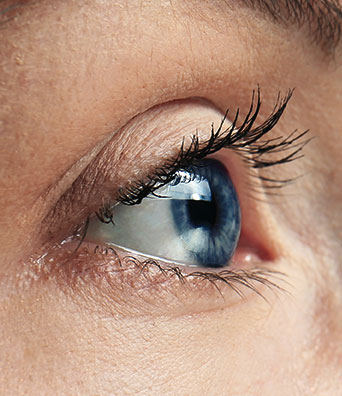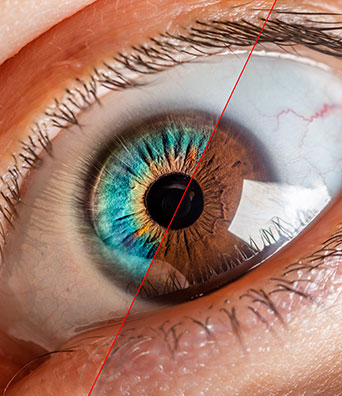Vision Impairment In Dubai
Main Causes Of Visual Impairment
Corneal Blindness
Diabetic Retinopathy
Diabetic Maculopathy
Retinitis Pigmentosa (RP)
Cataracts
Glaucoma
Age-Related Macular Degeneration (AMD)
Age-Related Macular Degeneration (AMD).
For people aged 60 and above, AMD is a common form of the loss of central vision caused by damage to the macula, which sits at the rear of eye.
Types Of Visual Impairments
Below are some common types of visual impairments,
1. Central Vision Loss
Under this vision impairment, the patient experiences a loss of central vision while the side (peripheral) vision remains intact. This creates a blur or blind spot in a patient’s central vision.Central vision loss makes it difficult to read and recognize faces. Some patients may also find it difficult to distinguish details from a distance. Central vision loss is often less serious or impactful as the side vision remains intact.
2. Peripheral (Side) Vision Loss
Patients with peripheral vision loss experience a loss of side vision while the central vision remains intact. With this impairment patients find it difficult to distinguish anything on one side or both sides or may not see anything above or below the eye level. As the central vision remains, patients however have no problems in seeing directly ahead.
Peripheral vision loss may affect the movement of a patient’s eye and in severe cases, may also slow his/her reading speed because of the ability to see only a few words at a time. This problem is also known as a “Tunnel vision”.
3. Blurred Vision
Blurred vision reduces the sharpness of a patient’s vision making it difficult to see any fine details around. Patients with blurred vision see things out of focus and it usually arises from abnormalities such as near or farsightedness, presbyopia, or astigmatism. Blurred vision can be improved with corrective lenses.
4. Extreme Light Sensitivity (Photophobia)
Diagnosed in patients with existing eye conditions or sight loss. Photophobia is also common among people with migraines. Extreme light sensitivity is an important symptom used for diagnosing migraines.
Under this impairment, the light is too bright for a patient to tolerate which causes discomfort. In some cases, the discomfort from photophobia can be severe to a point where the usable vision of a patient can be reduced further.
5. Night Blindness (nyctalopia)
Close to its literal term, Night blindness is where it’s difficult for patients to see outside at night or in any dimly lit places like restaurants or movie theaters. Also known as nyctalopia, patients develop this impairment because of the inability to quickly adapt oneself from a well-lighted to a poorly-lighted (illuminated) environment. Most of these vision impairments can be improved and treated by visiting the right optical or eye center.
Vision Impairment FAQs
Book An Appointment
Fill the form below or call/whatsApp +971 50 309 3131 to book an appointment.
Early treatment can prevent long-lasting consequences

